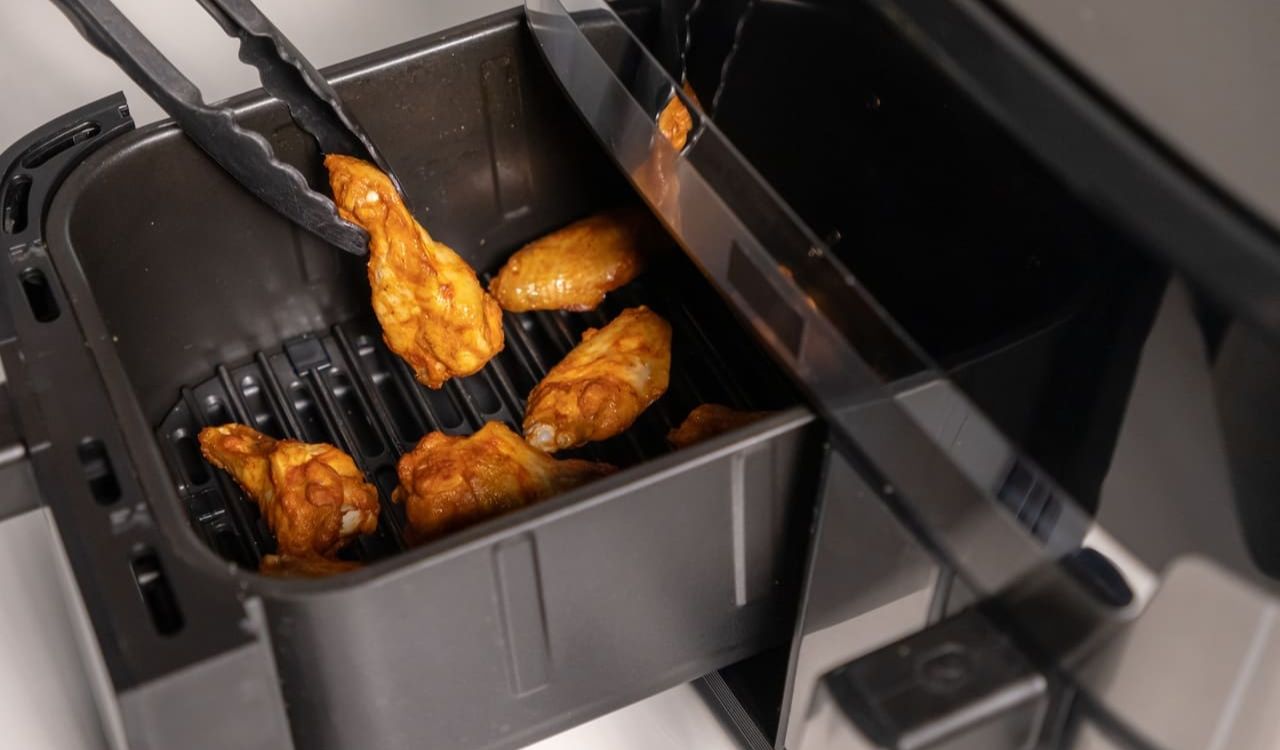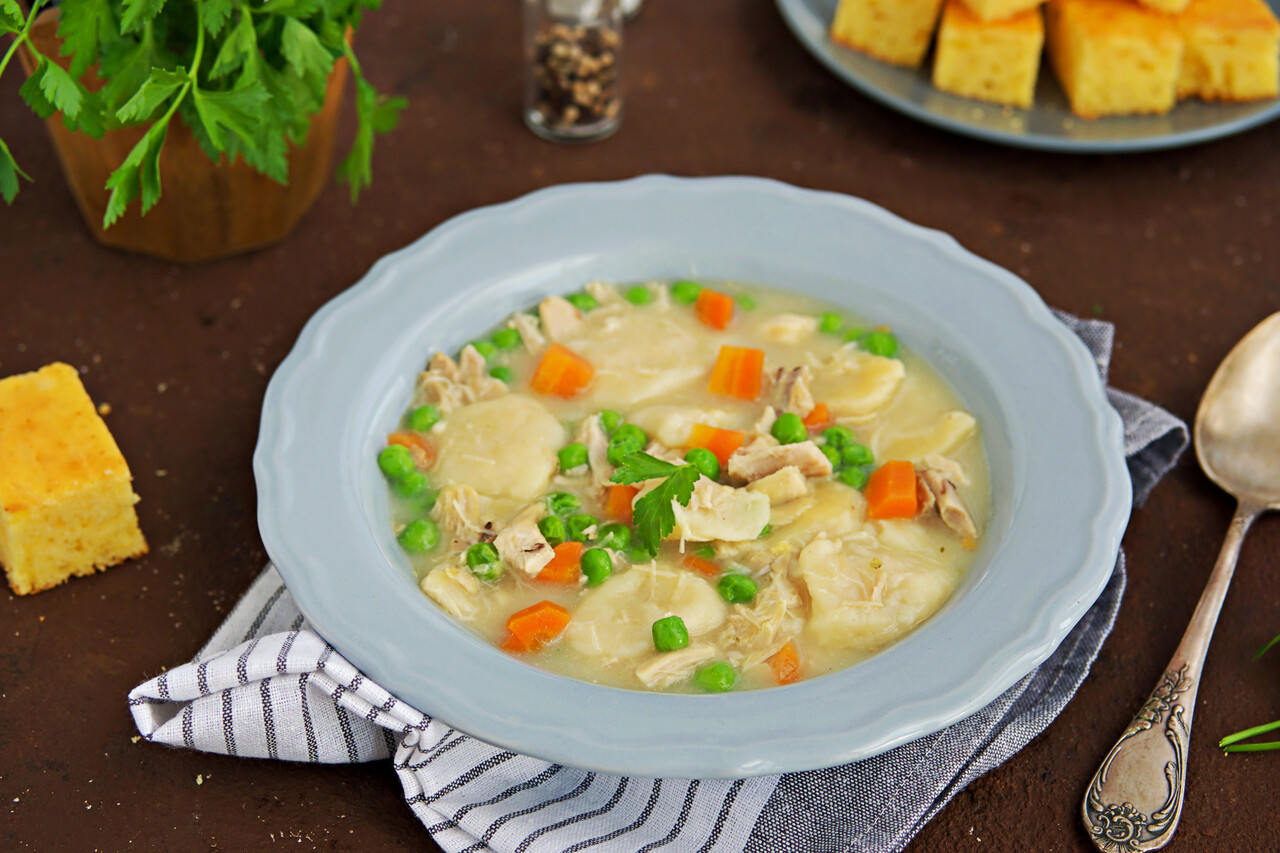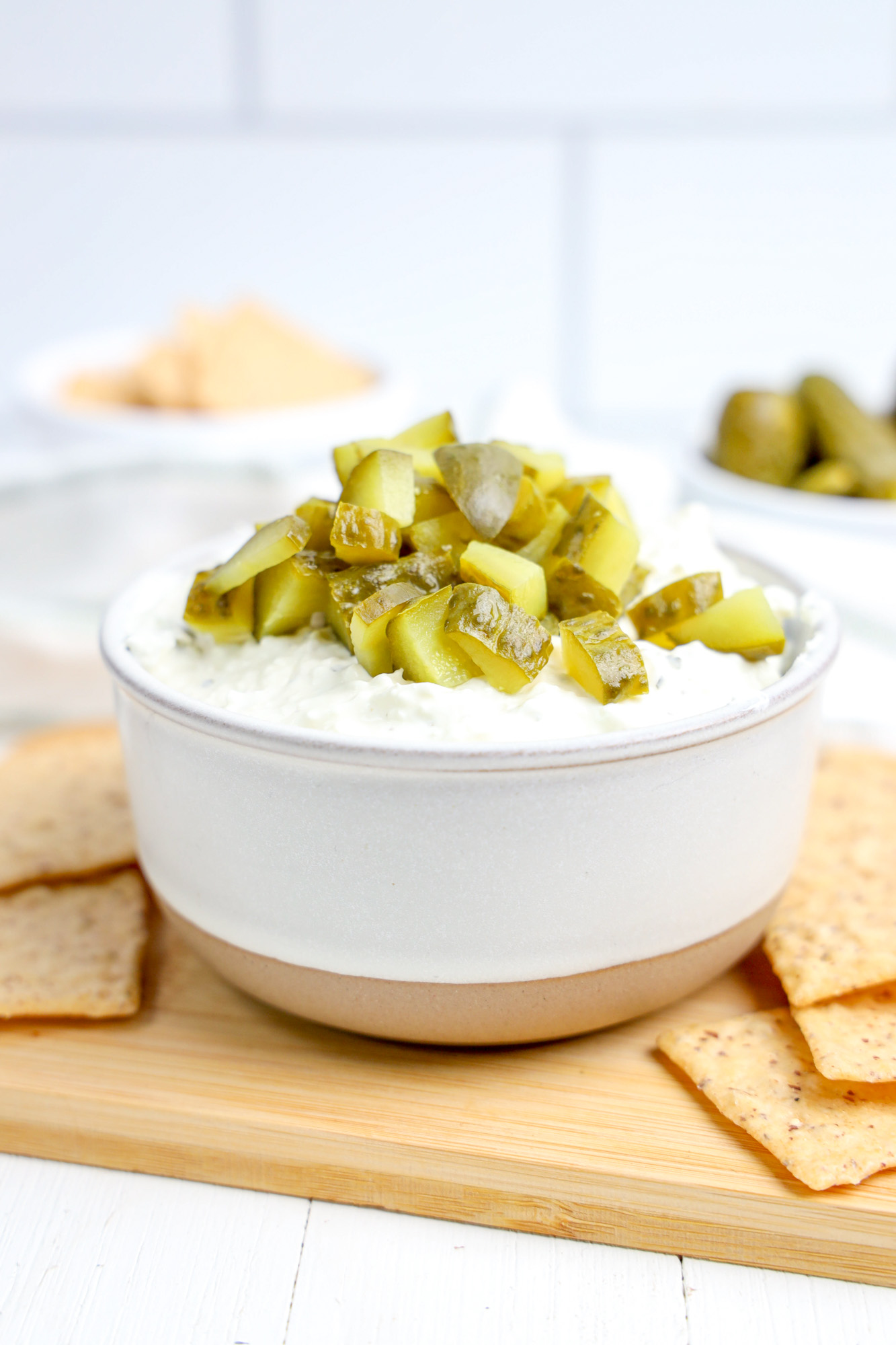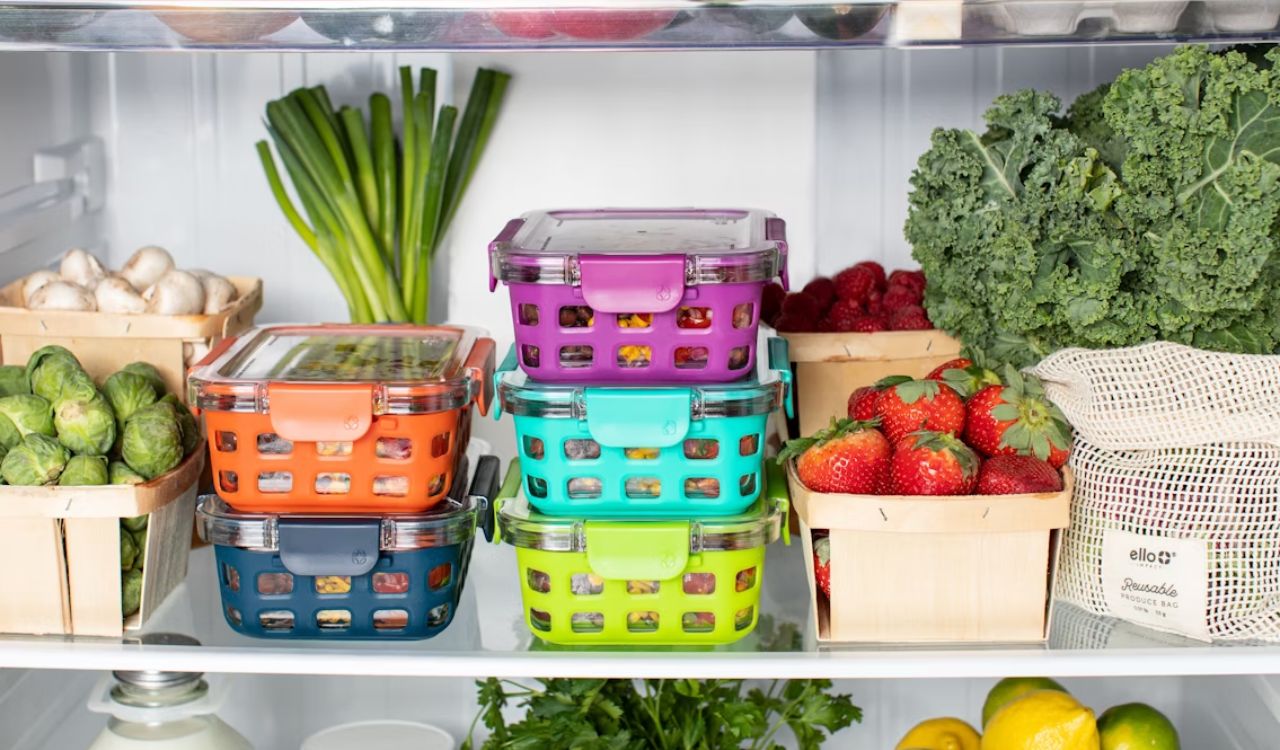8 Effortless Ways To Use Up Leftover Vegetables

Everyone faces that moment when there’s half a bag of spinach, a lone carrot, or some roasted potatoes lingering in the fridge. It’s tempting to forget them until it’s too late, but those scraps can actually make the next meal shine. Leftover vegetables are surprisingly versatile. The secret isn’t fancy recipes, but flexible, clever techniques that blend seamlessly into your routine. Not only does this help reduce food waste, but it can also add a lot of flavor and variety to your meals. Here are eight effortless ways to transform those stragglers into tasty dishes so you waste less and eat better, every time.
1. Toss Them Into a Stir-Fry
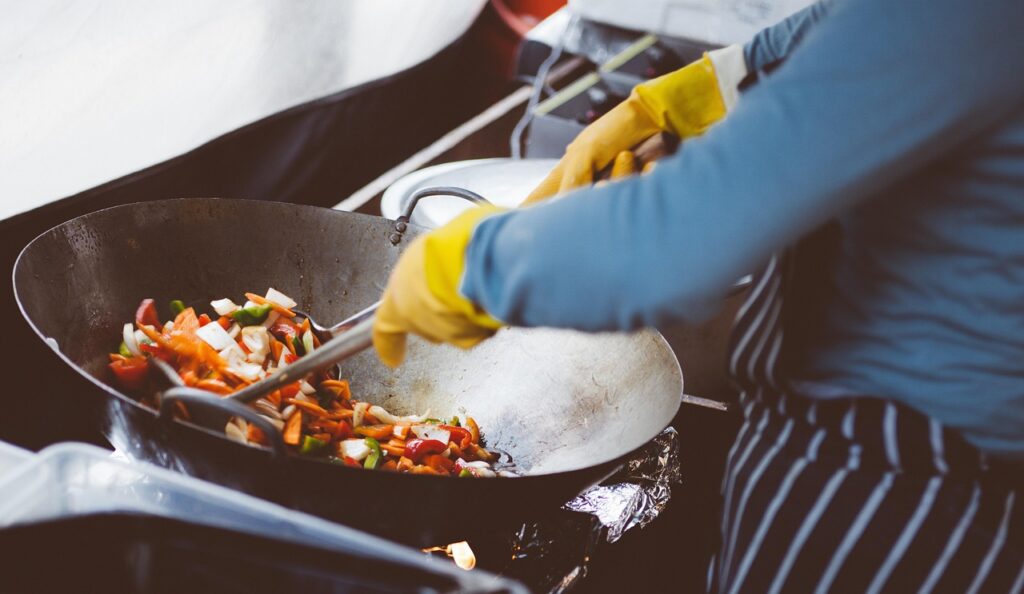
A stir-fry is one of the quickest, easiest ways to revive sturdy leftover vegetables. Just chop what you’ve got: broccoli, zucchini, peppers, mushrooms, or carrots, and toss them in a hot pan with a splash of oil. Soy sauce, garlic, and ginger add instant flavor. Leafy greens or softer veggies can join at the end for a gentle wilt. The best part? There are no strict rules. Pair with rice, noodles, or even a fried egg to turn odds and ends into a fresh, vibrant meal.
2. Blend Into a Soup or Puree
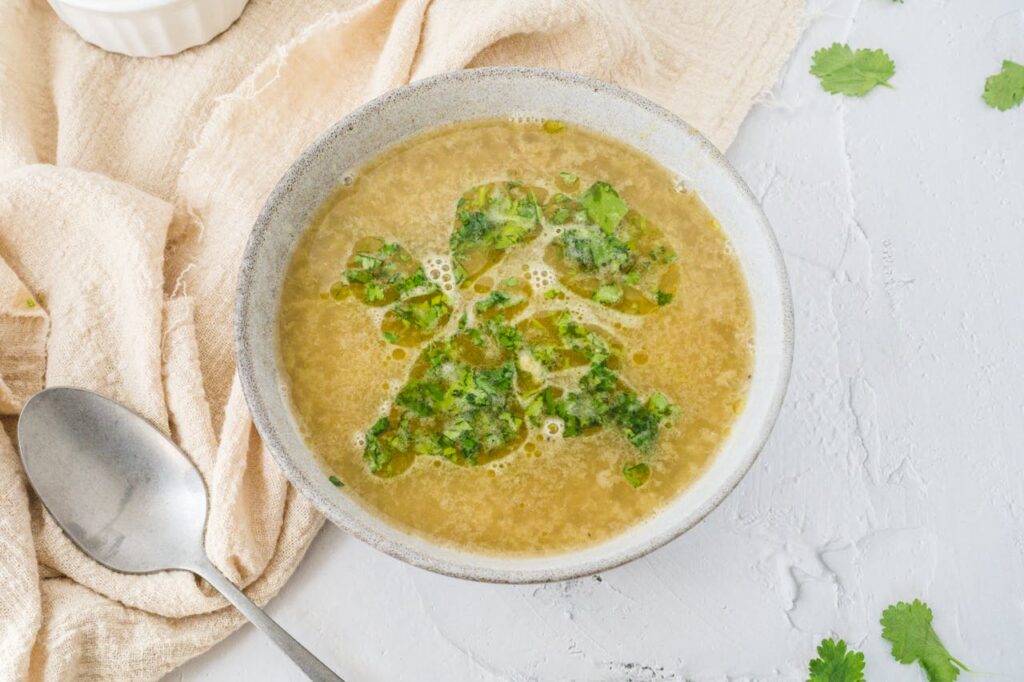
Soup is the ultimate way to transform vegetable scraps into something new. Roasted squash, carrots, or cauliflower blend into smooth purées with broth and a bit of seasoning, while smaller bits bulk up minestrone or brothy vegetable soups. Greens add body and nutrition, while beans, pasta, or grains make things heartier. Blend silky or keep it chunky, then finish with herbs, spices, or a splash of cream. Leftover veggies don’t just stretch a soup: they make it taste rich and homemade.
3. Make a Veggie-Packed Omelet or Frittata
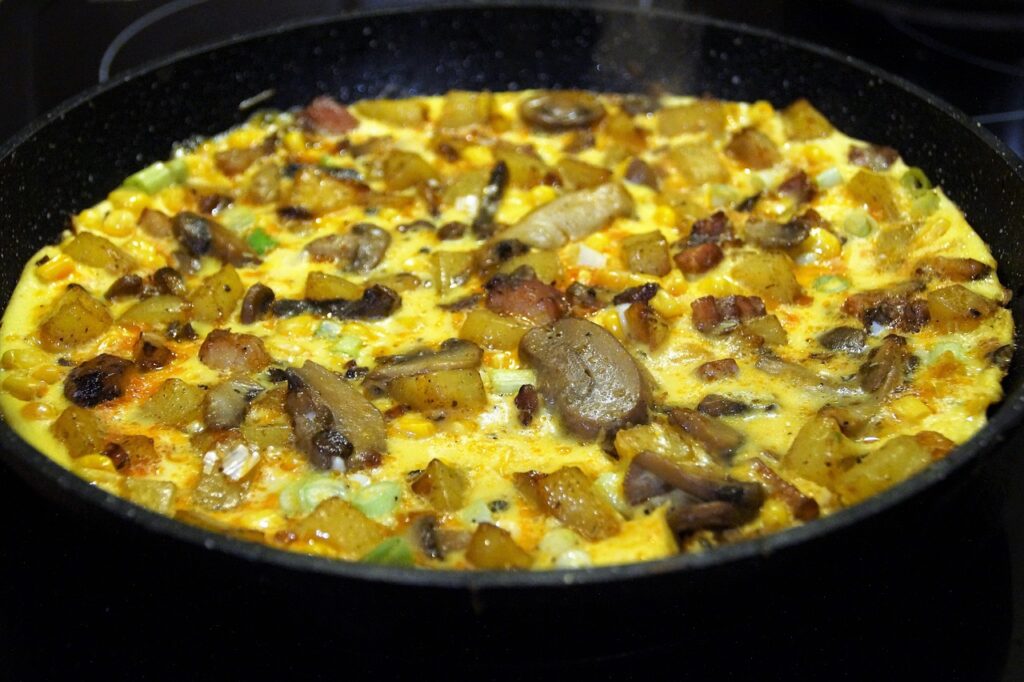
Eggs and vegetables are a natural team. Briefly sauté leftover mushrooms, onions, peppers, spinach, or potatoes, then fold into an omelet or pour beaten eggs on top for a frittata. Cheese is a welcome bonus, but not essential. These dishes are flexible, quick to make, and work for any meal—breakfast, lunch, or dinner. Each creation feels new, since you’re always starting with a different mix. An omelet or frittata is a resourceful way to clear out the fridge, plus it’s endlessly customizable for different taste preferences.
4. Toss Into a Grain Bowl or Salad
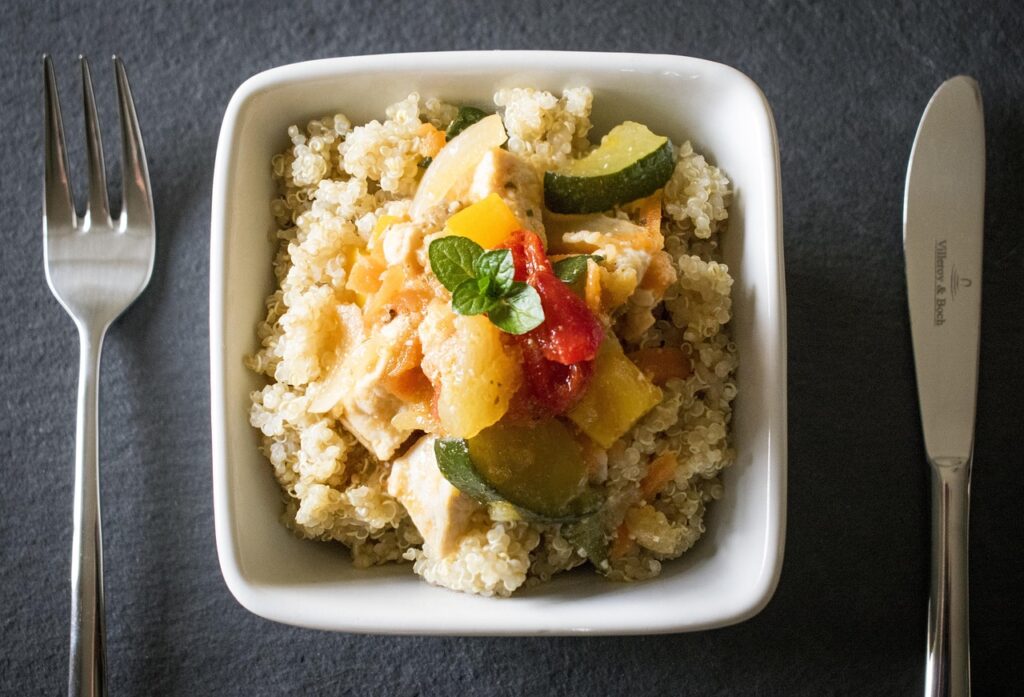
Even a handful of leftover veggies can elevate a grain bowl or salad. Combine roasted vegetables with quinoa, rice, couscous, or farro, then brighten things up with a simple vinaigrette. Extras like feta, nuts, or seeds add depth and crunch. Cold cooked veggies can also be tossed into leafy salads for texture and color. For heartier results, quickly reheat roasted pieces before adding. With minimal effort, yesterday’s vegetables become a fresh, satisfying dish for any meal.
5. Bake Into Savory Muffins or Bread

Don’t underestimate vegetables in baked goods. Grated zucchini and carrots are classics, but mashed sweet potato or wrung-out spinach also fold into savory muffins and quick breads. These recipes are flexible and perfect for sneaking in veggies that might otherwise go to waste. Herbs, cheese, or spices keep flavors lively, while muffins provide portable snacks or breakfast options. By using up small portions, you reduce waste and add an extra layer of nutrition to your baking.
6. Turn Into a Pasta Sauce
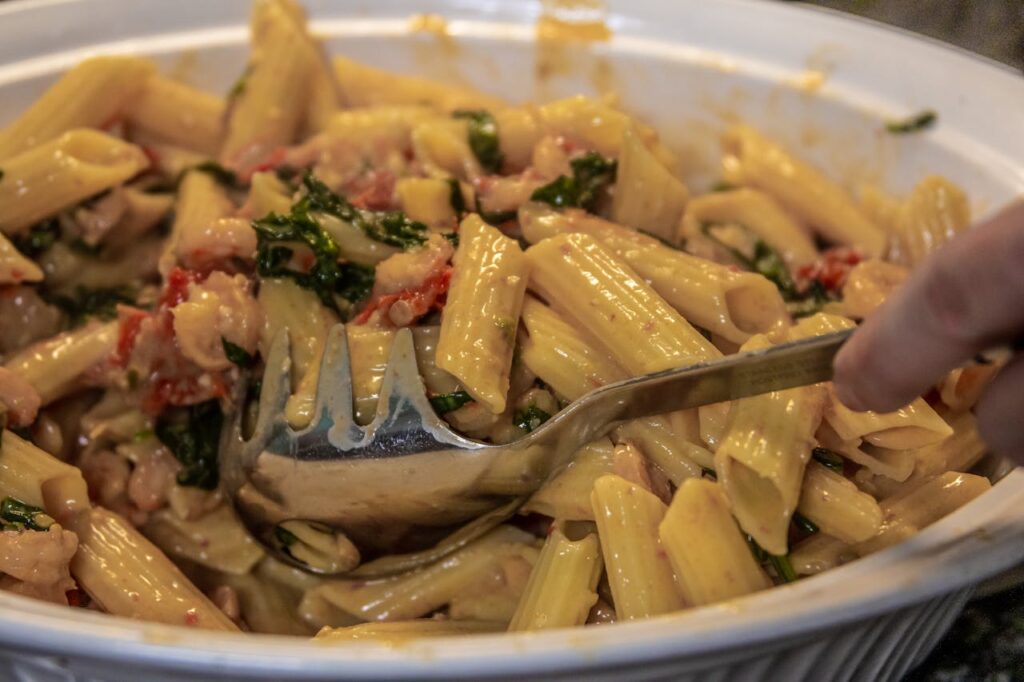
Leftover vegetables can be turned into pasta sauce with little effort. Roasted peppers, tomatoes, or zucchini blend smoothly with olive oil and herbs for a light sauce, while sautéed mushrooms, spinach, or carrots add texture when left chunky. A touch of broth, cream, or parmesan helps bind everything together. This trick is a weeknight lifesaver: comforting, quick, and thrifty. With a few pantry staples, tired veggies can transform into a flavorful topping for pasta in minutes.
7. Create Dips and Spreads
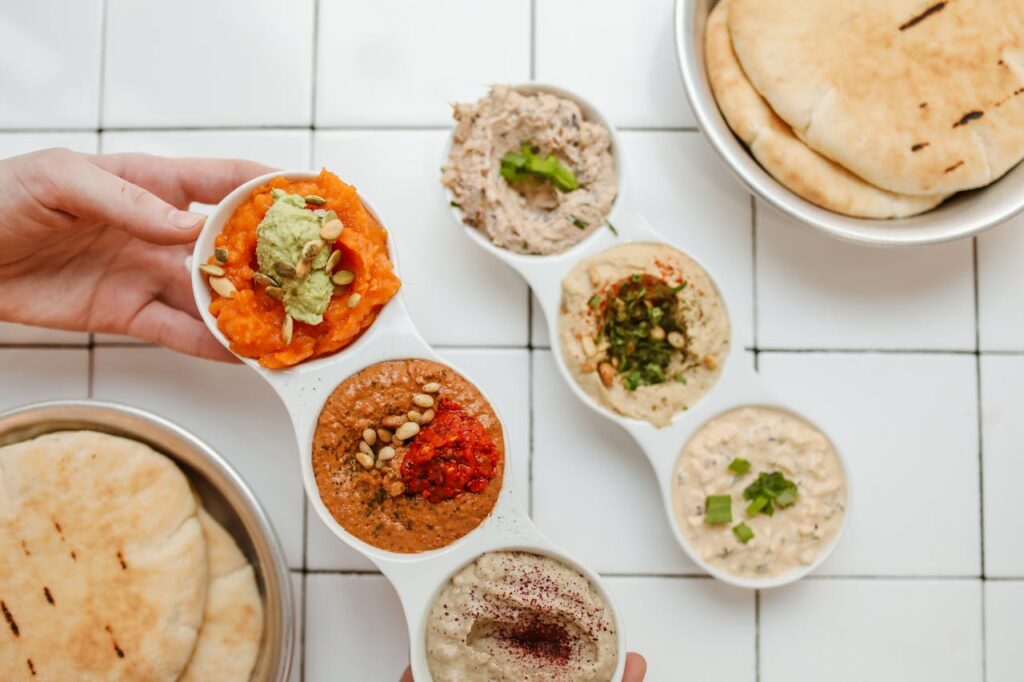
Leftover veggies can take on a whole new personality as dips or spreads. Roasted eggplant becomes silky baba ganoush. Blended carrots or sweet potatoes turn chickpeas into colorful hummus. Even spinach or artichokes can become the base of a cheesy, scoopable dip. These spreads work well for snacks, sandwiches, or as entertaining appetizers. All you really need is a blender or food processor and some seasoning. Transforming scraps into something scoopable gives old veggies a new lease on life, turning what might be waste into something crave-worthy.
8. Freeze for Later Use
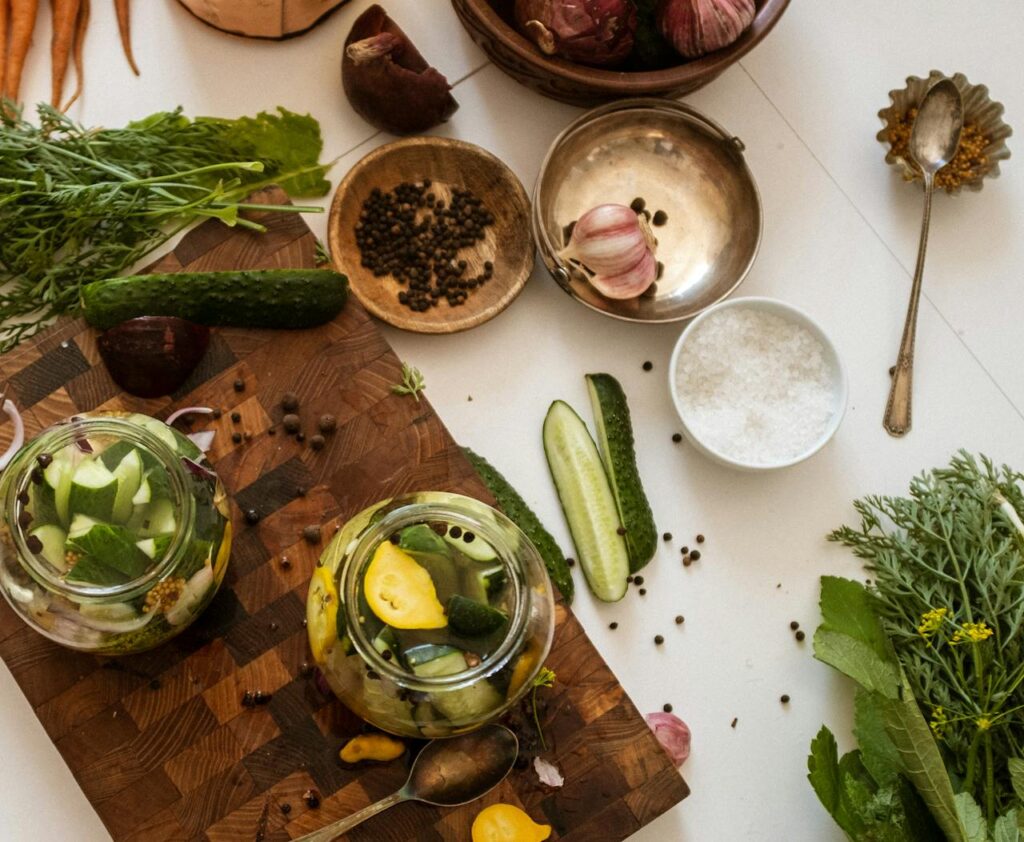
If you can’t use vegetables right away, freezing is a smart option. Most raw vegetables keep best when blanched first, while sturdy cooked ones like broccoli, peas, or carrots can be bagged as they are. Label and store portions so they’re easy to grab for soups, casseroles, or stir-fries later. Delicate veggies like potatoes or cucumbers don’t freeze as well, but many others hold up beautifully. Freezing turns potential waste into meal prep magic while saving money and time.



